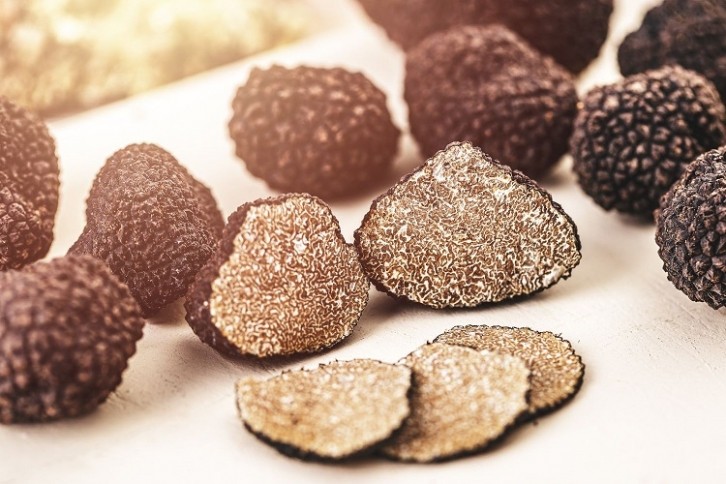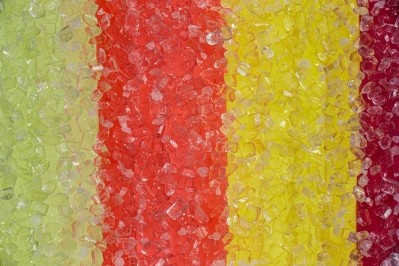High-intensity sweetener uncovered in truffles ‘potentially game-changing’ for sugar reduction

Fungi-based ingredients supplier MycoTechnology is celebrating the discovery of a sweet protein derived from honey truffle.
Leveraging proprietary fermentation technology, the company believes it can produce the ‘clean’ high-intensity natural sweetener with an expected cost-in-use competitive with sugar.
A protein 1,500-2500 times sweeter than sugar
The honey truffle is a member of the fungi kingdom. Otherwise known as Mattirolomyces terfezoides, the honey truffle grows wild in Eastern Europe. While truffle dogs were used in the initial exploration to find the truffle, they are no longer required in the production process.
Once the sweet protein was identified and isolated, MycoTechnology started to produce it using fermentation technology. “We use fermentation to reproduce the sweet protein, which is a much more efficient, scalable, and eco-friendly approach,” MycoTechnology CEO Alan Hahn told FoodNavigator.
The protein will be classified as a non-nutritive, high intensity sweetener. It has the same number of calories as other proteins, but as it is between 1,500 and 2,500 times sweeter than sugar, the kcal contribution per serving is negligible, MycoTechnology CTO Ranjan Patnaik added.
As to whether the sweet protein offers any of the other functions of sugar (aside from sweetness), such as bulking capabilities, Hahn explained the honey truffle sweetener functions ‘primarily as a sweetener’ and ‘only brings a great sweet taste’.
This means it is also absent of any aftertaste, unlike the popular non-nutritive sweetener stevia which contains a glycoside molecule that gives it a bitter aftertaste.
Commercialisation plans
The news comes amid speculation over the health impacts of artificial sweeteners. Days ago, the International Agency for Research on Cancer (IARC) classed aspartame ‘possibly carcinogenic’. At the same time, manufacturers are under mounting pressure to reduce sugar – the biggest contributor to lifestyle disease – in food and drink.
For MycoTechnology, the fungi-derived sweetener discovery is significant. “This breakthrough ushers in a new era of clean label sweeteners, revolutionising the way we create foods and beverages without relying on traditional sugar or artificial sweeteners,” said Hahn.
The company believes the sweetener can be used in most types of food and beverage products and anticipates the protein to be labelled as ‘honey truffle sweetener’. “We are currently working on a range of applications,” noted CTO Patnaik.
Although honey truffles have been consumed for centuries, MycoTechnology’s production method is new. The company is already seeking regulatory approval in various markets.
“We are currently optimising and scaling up the manufacturing process while continuing to work on new food and beverage applications for our honey truffle sweetener,” we were told.
“We expect commercialisation to start in 2025/2026 in North America, followed by Latin America, Asia, the Middle East, and Europe.”
























